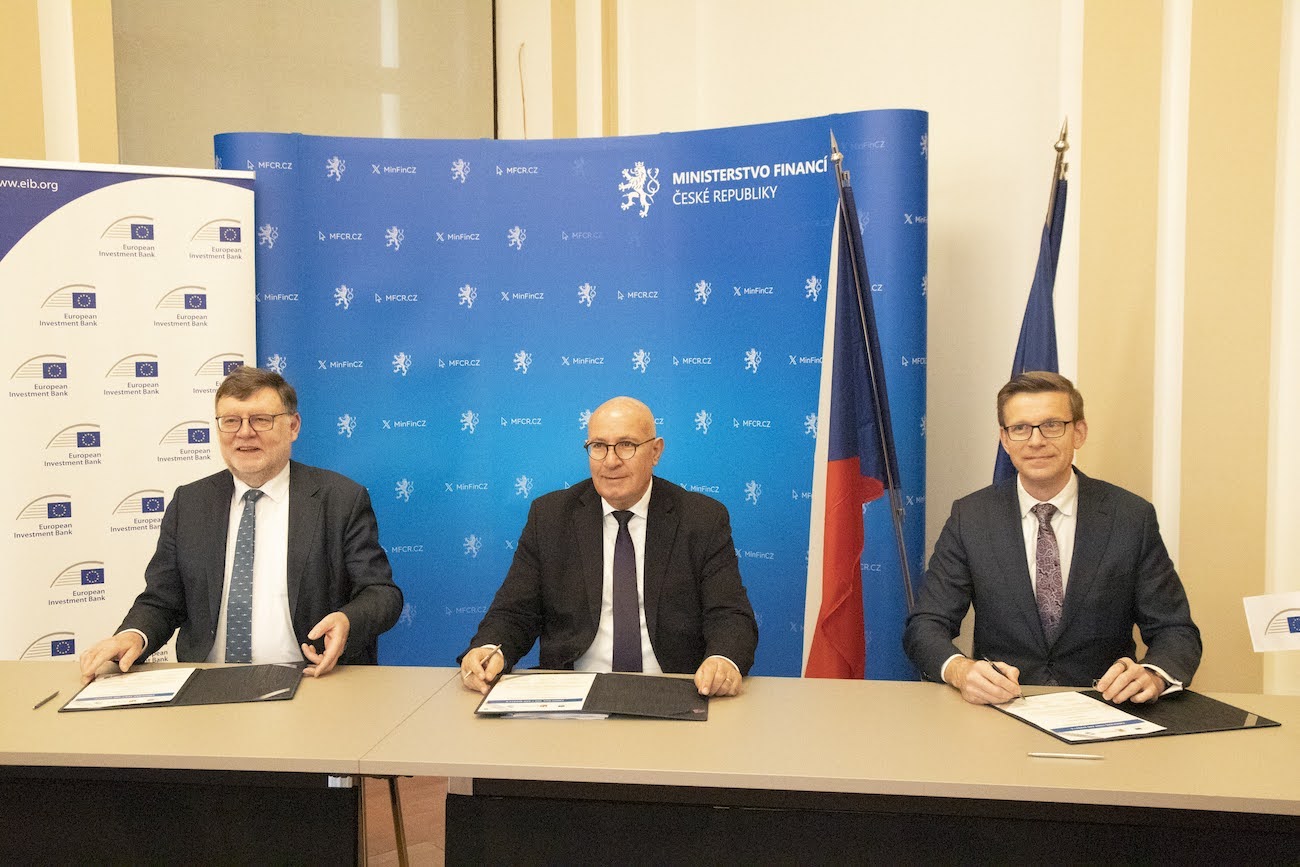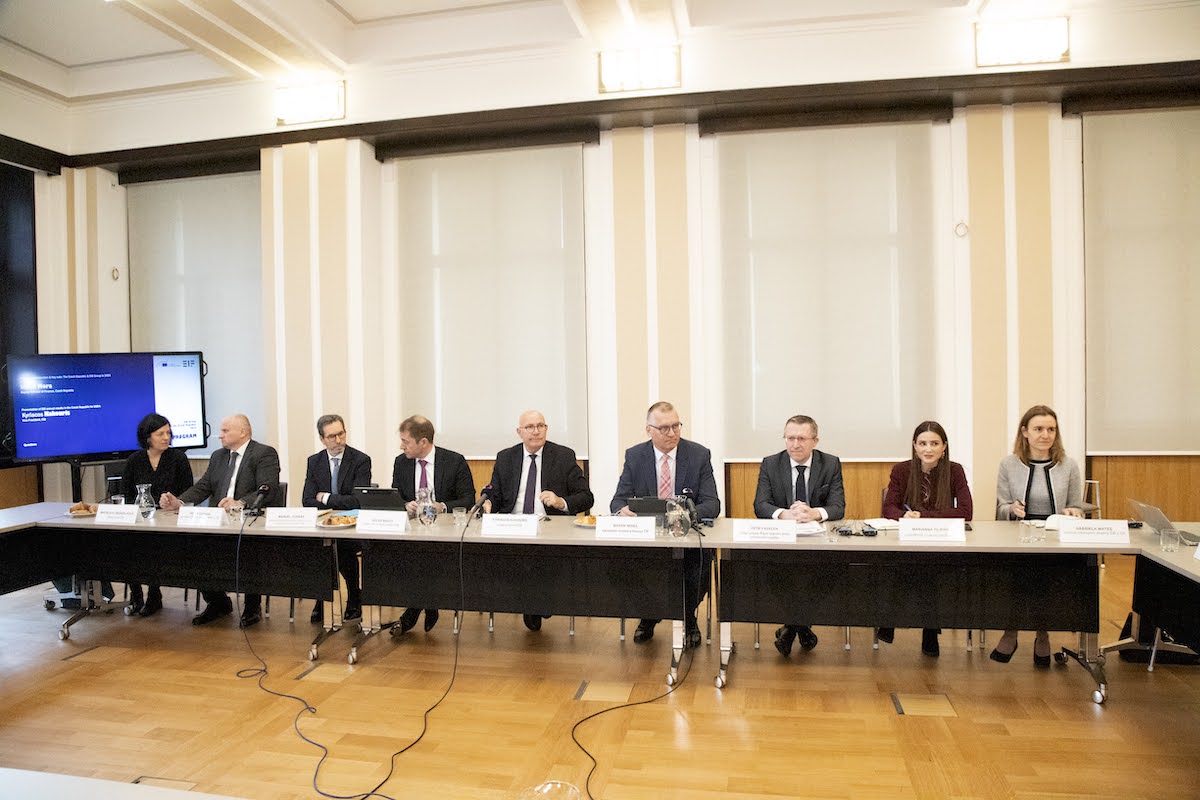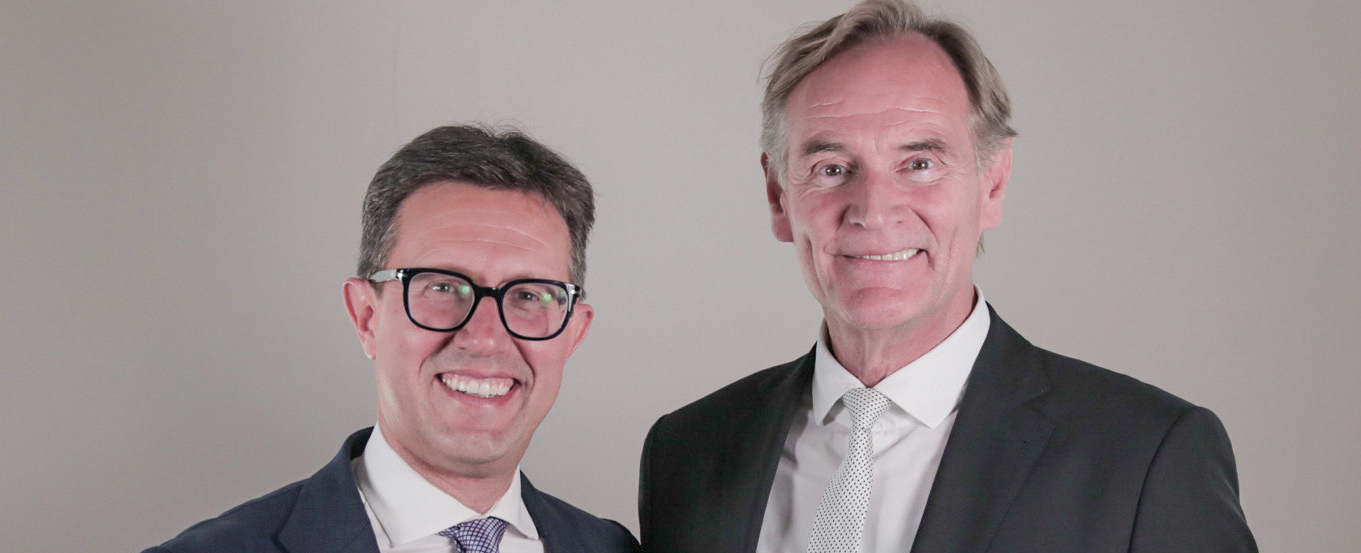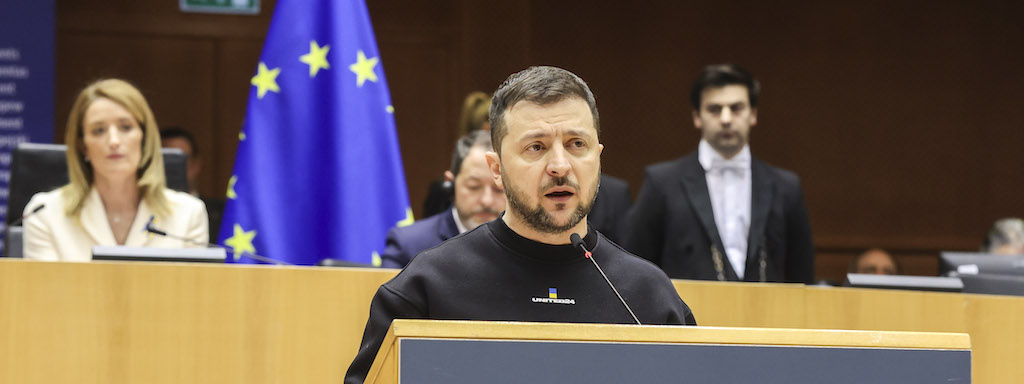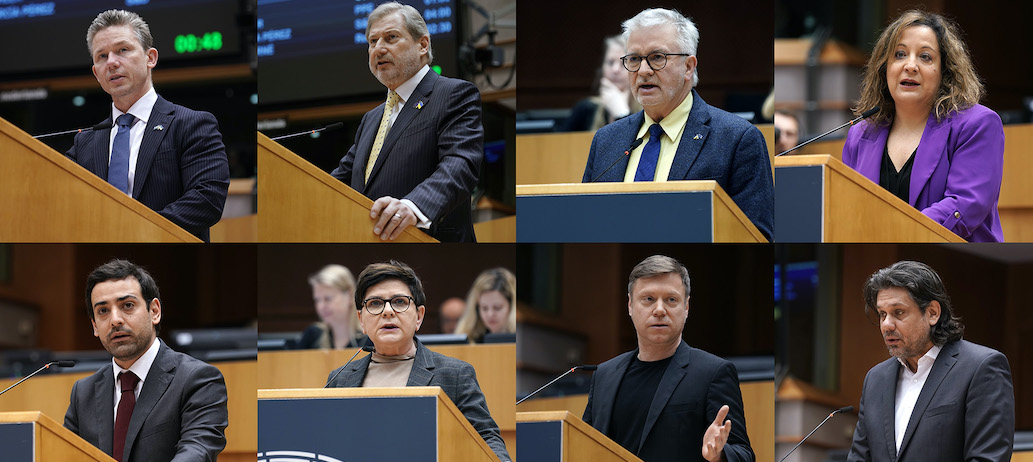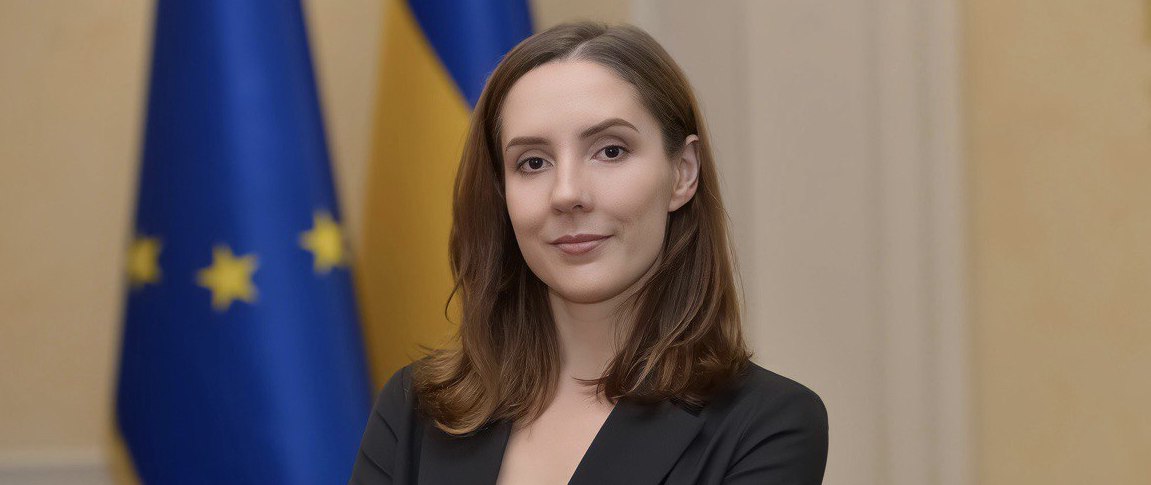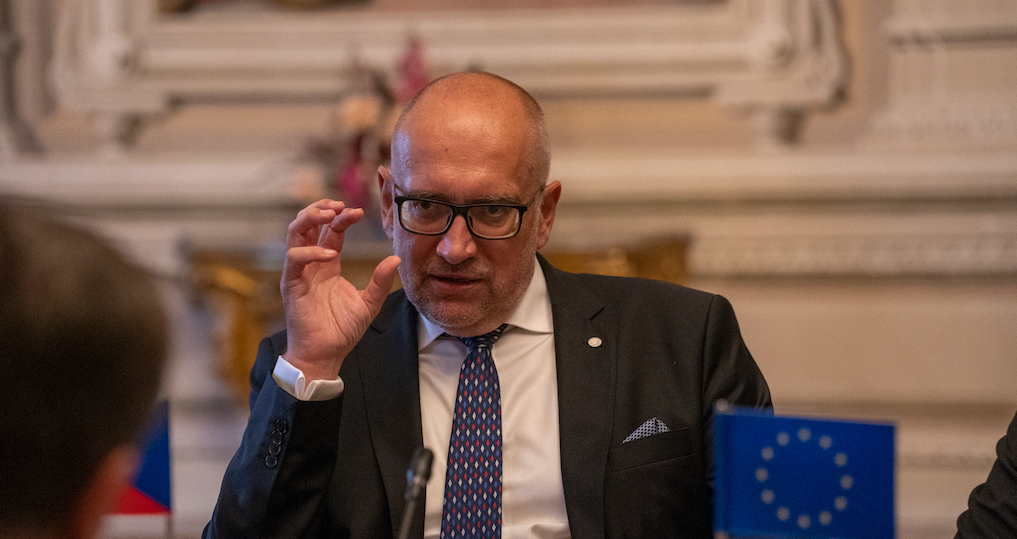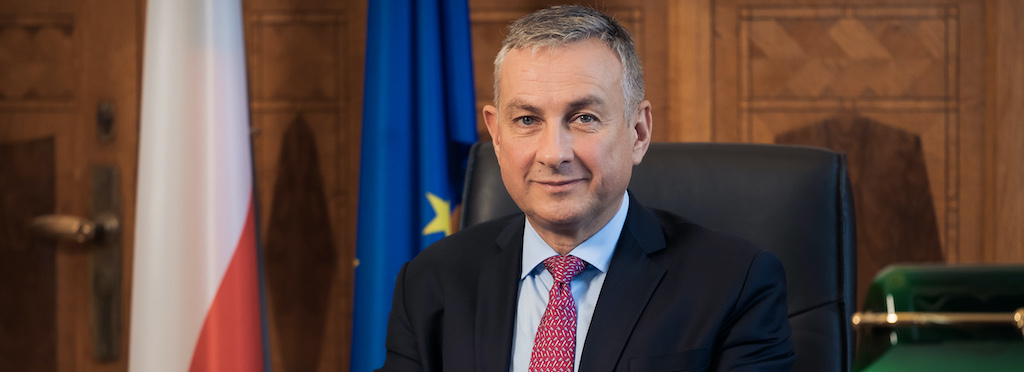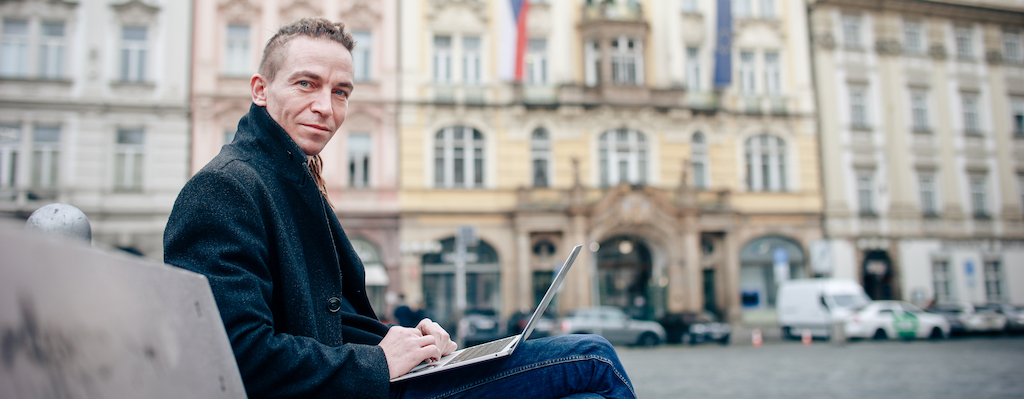
Introduction
As world leaders, negotiators and civil society congregated in Madrid for the annual United Nations climate change conference earlier this month, Secretary-General Antonio Guterres’ stark warning rang loud and clear: “The point of no return is no longer over the horizon. It is in sight and hurtling towards us.”
In this article, I would like to highlight Europe’s approach to addressing climate change, the greatest challenge and opportunity of our times. We are working simultaneously on adapting to the effects of climate change we are experiencing, while at the same time constructing a policy environment that will enable a societal shift towards a prosperous, modern, competitive and climate-neutral economy. The good news is that we possess both the technical knowledge and the physical means to prevent the worst effects of climate change. Humanity’s top priority is therefore to halt climate change in its tracks, keeping it within limits to which our species can adapt.
European action
The European project was part, parcel and even motor of the continent’s reconstructive efforts post-WWII. The twin premises of economic progress and the absence of war were the foundation for the European Community and later the European Union. War was a close neighbour; most people had experienced it, and their children – my generation – still felt it as a real threat. However, other priorities arose: equality, social customs, feminism and gender, the sexual revolution, education, democracy “from the street”. We took economic welfare for granted and wanted it to extend to those still on the margins. We did not take peace for granted and wanted better guarantees that war would not return.
Why does all this matter? It matters in order to give us a bare minimum of perspective, to frame where we are today in Europe. It also allows us to make three important initial observations:
First, that economic stability remains fundamental to our society and that the European project remains the glue for this, whether or not everyone acknowledges it.
Second, European society has coalesced around fundamental values of democracy, equality, social fairness and environmental integrity. This remains true in spite of constant challenges to these values from within our society. Again, the European Union and its institutions are the essential anchor for these values.
Third, there is a new awareness throughout Europe that climate change is a threat that requires urgent action. This may not be universal, but is widespread and cuts across the political spectrum and most other philosophical, religious or social differences.
Action in and by Europe alone is of course inadequate to address this global challenge. Yet Europe ought to lead, especially by example, and persuade and help others to step up the fight against climate change. Young Europeans in particular are angry, as indeed they have a right to be. Yet this appears to be a constructive anger based on the premise of overthrowing “business as usual” in all aspects of life, to make our society and economy more efficient, resilient and ultimately sustainable.
We have the means to achieve this, as well as a little time left in which to take action. Yet this will be an enormous undertaking. In half a century, the world needs to reverse gears on a century and a half of economic development. Economically and technologically advanced countries ought to do this in thirty years or so.
What have we done so far?
Europe’s awareness of climate change and determination to act has a long history. In fact, Europe’s greenhouse gas emissions peaked in the late 1970s and have since decreased steadily. The European Union will likely exceed its 2020 target of a 20% reduction of emissions compared with 1990 levels, and is on track to meet its targets of a 20% increase in renewable energy share and of 20% improvement in energy efficiency.
In the meantime, policy has progressed further. In 2014, the European Council agreed to a target for the reduction of emissions: at least 40% by 2030, compared with 1990 levels. This was translated into the EU’s Nationally Determined Contribution, namely a voluntary commitment subject to reporting and transparency obligations and peer review under the Paris Agreement. By now the European Union has agreed a comprehensive package of binding legislation to achieve this overall target.
This includes the recent reform of the EU Emissions Trading System (EU ETS), a cap and trade system under which the power generation sector and virtually all industrial sectors are obliged to reduce – or pay for – their emissions. Overall, the emissions under the EU ETS need to reduce by 43% by 2030 compared to 2005. The revision of the EU ETS, including the introduction of a Market Stability Reserve to ensure there is no surplus of EU ETS allowances on the market, has already strengthened the EU carbon price signal – the price of a ton of carbon, which had gone as low as €5, now fluctuates around €25.
Under the Effort Sharing Regulation, Member States have a collective obligation to reduce emissions in sectors not covered by the ETS – namely transport, buildings, waste, and agriculture and forestry – by 30% by 2030 compared to 2005. This is split into national targets, based on the principles of fairness, cost-effectiveness and environmental integrity.
The Land Use, Land Use Change, and Forestry Regulation obliges Member States to ensure that accounted emissions from land use are entirely compensated by an equivalent removal of CO₂ from the atmosphere through action in the sector, known as the “no debit” rule.
The EU Energy Union Governance Regulation mandates Member States to establish National Energy and Climate Plans, subject to peer review and to recommendations for their improvement by the European Commission. The EU has also set standards for CO₂ emissions from cars and trucks. By 2030, CO₂ emissions from new cars will have to be 37% less than in 2020, plus a 30% reduction for trucks.
Finally, we have EU legislation that require require a 32% increase in the share of renewable energies in the energy mix by 2030 as well as a 32.5% improvement in energy efficiency by 2030.
Taken together, these measures should enable the EU to exceed its target of at least a 40% reduction in greenhouse gas emissions by 2030 compared with 1990, and in fact achieve a reduction of around 45%. It is very clear that present-day Europe is firmly on the path to decarbonisation and that it is possible to decouple emissions from economic growth. In other words, Europe has shown that it is possible to profit, in good economic climates and bad, from greenhouse gas emissions reduction.
Despite the transformative nature of Europe’s 2030 target, more needs to be done. Now is the time to transition from a logic of progressive emissions reductions to a goal of true climate neutrality.
The European Green Deal
On 1 December 2019, the new European Commission, led by Ursula von der Leyen, assumed office. One of the new Commission’s key priorities is to address the issue of climate change and within its first two weeks in office, it had already presented the European Green Deal. Steered by Executive Vice President Timmermans, it is poised to be a new growth strategy for Europe that will transform the EU into a fair, prosperous society with a modern, resource efficient and competitive economy, where there are no net emissions of greenhouse gases by 2050 and where economic growth is decoupled from resource use. This is the most ambitious package of measures to date that should enable European citizens and businesses to benefit from a sustainable green transition. It combines a set of transformative policies and measures to tackle climate change, biodiversity loss and pollution, and to reform the inefficient use of resources by moving to a more circular economy. It will not only provide cleaner air and water for citizens, but will strengthen the economy to the benefit of all. It will put Europe on track to a sustainable and prosperous future whilst leaving no citizen behind.
A key component of the European Green Deal is the objective of climate neutrality by 2050. In 2018 the Commission presented its vision for a climate neutral EU by 2050, based on seven building blocks (increased energy efficiency; increased use of renewables; a clean and connected mobility system; a competitive circular economy industry; connected high-standard infrastructures; a boost in the bio-economy and natural carbon sinks; and the use of carbon capture and storage). Following an extensive stakeholder debate, the objective is was endorsed by the European Council in December – with one Member State requiring more details for implementation. This will now allow the EU to submit its long term strategy under the Paris Agreement by 2020. Furthermore, as part of the European Green Deal, the 2050 objective will also be transposed into EU law within the first 100 days of President von der Leyen’s mandate.
Under the Green Deal, the EU will also look at ambitious climate action for 2030. By summer 2020, the Commission will present an impact-assessed plan to increase the EU’s greenhouse gas emission reductions target for 2030 to at least 50% and towards 55% compared with 1990 levels in a responsible way. Similar assessments will be undertaken on other key pieces of legislation that underpin our climate policy, including the EU Adaptation Strategy to adapt to the inevitable changes in the climate.
The Green Deal covers all aspects of the economy, from transport to energy, agriculture, buildings and industry. For instance, we we will work to transform our industry to address the twin challenge of a green and digital transformation. Together with a new industrial strategy, a new circular economy action plan will facilitate the transition to a more circular economy. We will take ambitious measures for a more environmentally friendly mobility and for greening agriculture as part of a sustainable food policy. We also propose to work with stakeholders on a buildings renovation wave across Europe. This is a condition of Europe’s ability to achieve our climate and energy efficiency objectives. We know that meeting the objectives of the European Green Deal will require significant additional investment. The Commission therefore will present a Sustainable Europe Investment Plan to help meet additional funding needs. It will combine dedicated financing to support sustainable investments, and proposals for an improved enabling framework that is conducive to green investment. Moreover, at least 30% of the InvestEU Fund will contribute to fighting climate change. Projects will be subject to sustainability proofing to screen the contribution that they make to climate, environmental and social objectives.
The EU budget will play a key role; indeed, the Commission has proposed a 25% target for climate mainstreaming across all EU programmes. As part of the revision of the EU Emission Trading System, the Commission will also review the role of the Innovation and Modernisation Funds, with the aim of strengthening their role and effectiveness in deploying innovative and climate-neutral solutions across the EU.
Fighting climate change and environmental degradation is our common endeavour but not all regions and Member States start from the same point. Yet this transition can only succeed if it is conducted in a fair and inclusive way. The Commission will therefore propose a Just Transition Mechanism, including a Just Transition Fund, focusing on the regions and sectors that are most affected by the transition because they depend on fossil fuels or carbon-intensive processes. It will draw on sources of funding from the EU budget as well as the EIB group to leverage the necessary private and public resources to ensure a socially fair transition that leaves no citizen behind.
Last but not least, civil society’s active engagement in the transition is paramount if businesses and all citizens are to endorse and support the necessary policies and measures. The Commission will launch a Climate Pact later in 2020 to give civil society a voice in designing new actions, sharing information and highlighting grass-roots activities to improve the environment.
The global challenges of climate change and environmental degradation require a global response. The Green Deal outlines the ambition of the EU to act a global leader of change though a number of initiatives to be pursued in multilateral and bilateral formats. If we do not show European leadership, nobody else will lead the way. We need to demonstrate our working model for a clean, prosperous and sustainable society that leaves no one behind. Then others will follow.
It is clear that we must concentrate our efforts into the next decade or so, putting the necessary policies and measures in place and deploying our investment correctly if we want results to unfold at a timely pace between now and 2050. In the EU, we have a plan to get there and busy agenda for the coming years to deliver on a prosperous and fair transformation towards a climate-neutral European Union.
For more information:
European Green Deal Communication:




